How did you find my website?
Most visitors first came across this site through content.
You Googled something about online marketing and one of my articles showed up in your search results.
You clicked through and read the article.
Maybe you signed up for my email list, maybe you followed me on social media, or maybe you just made a point of coming back from time to time for similar information.
If you’ve been here before and decide to return, I assume I’m doing a decent job of using content to nurture relationships with my audience.
Content marketing has served me well.
It puts me on Google’s radar, drives traffic to my website, nurtures relationships with my audience, and positions me as a thought leader.
I have started several businesses, and content marketing has been instrumental in their success.
It’s one of my favorite strategies to help startups get off the ground.
You may now wonder: What exactly is content marketing and how does it apply to entrepreneurs?
I’m going to answer your questions and spill the beans on how startups can leverage content marketing for their businesses:
What’s content marketing?
Content marketing focuses on creating and distributing valuable and relevant content to attract and retain a clearly defined audience.
It’s used by brands big and small to drive traffic, generate leads, nurture relationships, convert sales, and build customer loyalty.
B2B companies that blog 11+ times per month generate almost 3X more traffic than those that do so 0-1 times per month.
B2C companies that publish content 11+ times per month get more than 4X as many leads than those that blog only 4-5 times per month.
Content marketing also solves some of the top challenges marketers face, which include driving traffic, generating leads, and measuring ROI.
Great content is the bedrock of most marketing strategies.
Whether you’re doing social media marketing, SEO, inbound marketing, PR, or paid advertising, you need quality content to make the strategies work.
Most people think of content marketing as blogging, but it’s much broader than that.
Even though blogging is still the best way to get ranked on search engines, it isn’t the only format you can use.
Depending on the nature of your content, the resources you have available, and the preference of your audience, you can choose from a variety of content formats such as video, images, infographics, e-books, reports, webinars, apps, slideshows, social media, and podcasts.
How can content marketing help my startup?
The targeted nature of content marketing is perfect for startups and entrepreneurs who have limited budgets or resources for mass marketing.
Cost-effective
Content marketing costs 31 to 41% less than paid search.
The cost per lead of inbound marketing, of which content is a critical component, is significantly lower than that of outbound strategies.
Email marketing, a key content marketing tactic, can generate an ROI of up to 4,300%.
In addition, you don’t need a big team to implement content strategies.
If you’re starting out, you can simply start a blog, create some YouTube videos, or use a free e-book to generate leads.
All these can be done very easily even if you are a one-man-band or have just a small team.
Process-driven
Content marketing is guided by a well-established workflow that takes the guesswork out of the process.
This is particularly important for startups with limited resources — you can’t afford to throw spaghetti on the wall and hope that something will stick.
Measurable
Unlike many traditional mass marketing tactics, content marketing is targeted and measurable.
With the help of software and technologies, you can test tactics and track metrics to see what works and what doesn’t for your specific audience.
The almost instant feedback allows you to fine-tune your strategies and maximize your marketing dollars in a nimble manner.
Scalable
Content marketing works for businesses of all shapes and sizes.
As your business grows, you can scale up your content strategy to match company size and marketing budget.
Long-term results
Your content is a business asset that keeps on giving.
Many successful content marketers are driving traffic and generating leads with content they created years ago.
As you spend more time and effort on content marketing, your content footprint (and SEO juice) expands.
Your content will appear in more search results, positioning you as a thought leader and adding credibility to your brand.
Trust and relationships
For many startups and entrepreneurs, building trust with a loyal following is the key to success.
Sharing relevant and valuable content is a great way to build relationships with fans and customers so you can convert more leads and retain more customers.
How long does it take for content marketing to work?
Content marketing favors those who play the long game.
It isn’t a magic bullet that will bring you droves of customers right away. You probably won’t see dramatic results in a few weeks or even a few months.
Building an audience takes consistent effort and dedication to quality.
It also takes time for Google to rank your website.
Even for the most seasoned content marketers who are doing everything right, it’d take a year or two to gain traction and generate organic results.
If you’re starting out with content marketing, expect to invest some budget and effort into content promotion to get some quick wins (more on that later.)
How do I start content marketing?
Before you write a blog post, run a webinar, or produce a video, you need a content strategy to structure and position your knowledge in a way that meets your business goals.
Your content strategy doesn’t have to be complicated. However, make sure to cover these essential components:
Goals and objectives
What do you want your content to do for your business?
How does the content fit into the overall business plan to help achieve your goals?
Get clear on your marketing needs, such as driving traffic to your website, turning visitors into leads, or converting leads into customers. then set a numeric goal to be achieved within a specific time frame.
Then set a numeric goal to be achieved within a specific time frame.
Be realistic when setting these goals. Consider the time and resources you can dedicate to content marketing as well as the budget you have at your disposal.
Identify key performance metrics (KPIs) to help evaluate the success of your campaign.
Also, take stock of the biggest challenges that may stand in your way.
What can you do to preempt those hiccups and set the stage for success?
Buyer personas
Most startups’ marketing budgets are quite limited. The best way to get the most out of your marketing dollars is to have a targeted audience.
Doing so will allow you to focus your efforts on attracting high-quality leads, honing in on your messaging, and building a strong referral base.
Use buyer personas to define your target audience and get insights on how to create content that appeals to them.
By understanding your audience’s psychology, desires, values, challenges, habits, and preferences, you’ll be able to deliver valuable and relevant content in the exact places where they look for such information.
You may need more than one buyer persona. For example, if you’re a B2B marketer, you’ll have to address the roles of the various decision makers involved in the buying process.
However, try to keep the number of personas between 3 and 5 so you can stay focused and avoid spreading your budget or efforts too thin.
Customer journey
Customer journey illustrates the steps your customers take in engaging with your company, from becoming aware of your brand to making a purchase and becoming an advocate.
By matching your content with the audience’s decision-making stages, you’ll be able to address their concerns and take them further down the funnel toward conversion.
It’s important to consider this journey from the customers’ perspective and not your internal business point of view.
The map should reflect your customers’ goals, needs, and expectations at every stage.
It should also inform how you can optimize the content to enhance your audience’s understanding of your products, engagement with your brand, and decision-making process.
Use this exercise as the foundation to design a customer-centric experience that will help you build trust and drive conversions.
Content mapping
Your audience interacts with your brand through multiple touch points during their customer lifecycle.
You need to deliver the right content in the right place at the right time in order to achieve the objectives of your content marketing strategy.
Content mapping helps align content production and distribution with the needs of your audience at each stage of the customer journey.
Design your content map with a customer-centric approach.
Focus on how the audience interacts with the content both physically (e.g., what they’re doing and what media they’re consuming) and emotionally (e.g., how they’re feeling.)
Consider the trigger events between interactions, types of channel and format used, customer-facing events, and back-end data collection sequence.
Then summarize the information in an easy-to-follow format for reference during content development and promotion.
Content calendar
Now you have mapped out your topics, content formats, and distribution channels, it’s time for execution.
A content calendar allows you to plan out content for the upcoming months so you can coordinate production and distribution.
Besides publication date, author, title, and content details, you can also include keywords, target personas, and calls to action to make sure the content is in alignment with your strategy.
Refer to your marketing calendar while planning out the schedule to make sure the content supports your overall marketing efforts.
Don’t forget to incorporate popular holidays and events for seasonal content.
Be flexible with your publishing schedule. Even though most content will be evergreen, you should also include timely topics when appropriate.
For example, you can add a piece of content on a current event your audience cares about. This will help you stay relevant and even get you a spike in traffic.
What do I need to know about creating and publishing content?
Now you have the strategy in place, it’s time to roll up your sleeves and do the work!
Here are a few things to keep in mind as you dive into production mode:
Consistent tone and voice
Consistency builds trust and trust leads to conversion.
Ensure that all your content has a consistent tone and voice to help nurture relationships with your readers.
If you’re hiring writers to assist with content creation, provide guidelines and samples to show how you want the brand to be represented in the content.
Content format
Even though written text in the form of blog posts is still the most common format used in content marketing, it’s not the be-all-end-all.
When deciding on a format, consider the nature of your content and how the audience prefers to consume information.
You can mix and match content formats — such as by adding an infographic or a video to a blog post — to enrich the experience and increase engagement.
Content management system (CMS)
A CMS provides functionality for content creation, publication, and analysis.
Your CMS should allow you and your team to handle the day-to-day management and publication of content without resorting to a developer.
Some common CMS platforms include WordPress, Joomla, and Drupal.
When choosing a CMS, consider flexibility, scalability, ease of use, and implementation speed, as well as training and support.
Quality vs. quantity
Many startups and entrepreneurs feel the pressure to publish a lot of content.
You do need a healthy amount of content to drive traffic, and you certainly don’t want your blog to look like a ghost town because it features just one or two posts dated 3 months ago.
However, don’t compromise quality just so you can churn out a blog post every single day.
Poor-quality content won’t help you build the audience you want. It’ll actually have a negative impact on your brand.
Here are a few pointers for creating quality content:
- Choose relevant and engaging topics. Add value to the conversation by coming up with a theme and an angle that’s new and thought-provoking.
- Don’t shy away from long-form content. Long-form blog posts have been found to generate nine times more leads than short-form blog posts while attracting more organic traffic.
- Don’t skimp on writers. As they say, you get what you pay for. Hire writers who have knowledge in your industry and give them the necessary direction to produce high-quality content.
- Work with an editor. If you’re producing content in-house, you want to make sure it “makes sense” to readers who don’t have the in-depth knowledge of your expertise or product.
- Don’t be boring. Engaging content is in-depth, valuable, focused, relatable, and well-written. Express your brand’s personality and add a touch of humor when appropriate.
- Check your readability score. Don’t drive away your readers with a wall of text or an article that’s dense with jargon.
How can I increase the ROI of my content?
After investing the time, money, and effort to produce content, you want to make it work hard for your business.
Content promotion is an essential part of content marketing. It helps you get in front of the right audience and drive high-quality leads to your website.
In fact, the most successful content marketers spend only 20% of their time on content creation and 80% of their time on content promotion.
However, the many promotional tactics can be overwhelming for startups with a small team.
Don’t worry, you don’t have to do everything.
Start by picking a few tactics that align with your business model, content format, and audience:
Email newsletter
When you publish a piece of content, don’t forget to tell your email list.
Sharing relevant and valuable content with your subscribers — who already know and like you — is essential for nurturing relationships and converting prospects into customers.
You can also segment your list and send the most relevant content to a specific subset of subscribers. For instance, you could improve loyalty with exclusive content for those who have purchased from you.
Social media
Don’t spread yourself too thin by trying to be on every social media platform.
Identify 2-3 channels that suit the nature of your content and tend to generate engagement from your target audience. For example, Pinterest and Instagram are ideal for visual content.
One size doesn’t fit all — you have to optimize your content and messaging (e.g., headline, hashtags) for each individual platform.
Follow the 80/20 rule. 80% of your social media content should be informative and relevant and only 20% should be promotional.
Besides sharing your own content, share links from other sources to increase reach and engagement.
Syndication
To get more mileage out of your best content, pitch the posts to other sites for republishing.
It’s a great strategy to get your high-performing content in front of a new audience while building relationships with other blogs in your industry.
Influencer outreach
As the new kid on the block, building alliances with industry insiders can go a long way.
You can include external links to their sites in a blog post and let them know about it.
This will not only build relationships but also help open doors to guest blogging and other collaborative opportunities.
In addition, most people will be happy to share your article with their followers and give you a shout out on social media.
Creating round-up posts is another way to leverage the reach of industry influencers. You simply pick a topic and ask influencers to contribute a paragraph or two of their insights.
When your post is published, let them know and ask them to share your post with their followers.
Social share buttons
Make it easy for your audience to share your content by adding social share buttons and click-to-tweet functionality at strategic places in your content.
Paid advertising and remarketing
Even though organic reach is more budget-friendly and delivers long-term impact, it does take time to generate results.
If you’re just starting out, you may not have the audience to share your content. And your website probably doesn’t have the SEO juice to rank high in organic search.
Paid advertising and remarketing campaigns are effective strategies to supplement owned and earned media, putting your content in front of the right audience to drive traffic and gain the traction you need.
Repurpose content
Posting excerpts of your articles to sites such as LinkedIn Pulse, Medium, or Quora can give you wider distribution and more exposure.
Make sure to use the opportunity to drive traffic back to your website and the original article.
Many people worry about being penalized by Google for duplicate content.
But there are ways to work around it.
You can use a canonical tag to show search engines where the original piece appears. Medium has an “import story” feature specifically for this purpose.
How do I scale my content marketing?
Now that you’re doing everything right and have gained some traction, what’s next?
You can only write so many words a day. If you want to up your content marketing game, you need to either assemble an in-house team or hire an agency.
Internal content marketing team
Your content marketing team should consist of these critical roles — it’s ok to have the same person holding a few roles:
- Driver or strategist: Sets the vision and defines the strategy
- Manager or director: Turns the strategy into implementable tactics
- Managing editor: Ensures quality and manages workflow
- SEO/analytics expert: Gathers metrics, reports on what works and what doesn’t, and generates insights to improve ROI
- Writer: Produces content based on strategy
- Designer: Ensures that content is visually appealing and easy to consume. Produces assets such as graphics and images to enhance shareability and engagement
- Community manager: Distributes content beyond owned media channels by coordinating earned and paid media
- Customer advocate: Offers insights from a customer’s perspective. You can get an employee who has a lot of contact with customers, such as an account manager or salesperson, to fill this role.
As you beef up your content marketing team, you may need to introduce additional roles to support a more sophisticated strategy and process:
Hiring every team member as a full-time employee is probably out of the budget for most startups. Thankfully, you don’t have to do that.
Most companies stay nimble by working with freelancers or contractors to get the expertise they need without the large overhead.
If you decide to assemble a remote team of freelancers, you need to establish systems and guidelines to ensure seamless collaboration:
- A centralized communication system for general information sharing
- A project management system to facilitate workflow and communicate specifics about individual content pieces
- A centralized location for shared documents like strategy decks, editorial guidelines, templates, resources, and access information for research tools
As your team grows and you find your groove, continue to refine the process so it suits your business model and company culture.
Content marketing agency
Hiring and managing an internal team can take a lot of time and effort.
You can outsource your content marketing to agencies and take it off your plate (for the most part.)
When you hire an agency, do your due diligence to find the right fit:
- What do you need from the agency? Some specialize in strategy, while others focus on production.
- Do they offer creative ideas to help you get the most out of your content, such as repurposing and promotion?
- Can they provide work samples and share the results?
- Will the scope involve reviewing your overall marketing strategy and customer journey to ensure that the content is relevant and targeted?
- What technologies and tools do they use to gather metrics, generate insights, and measure success?
Conclusion
Content marketing is a relatively young and fast-evolving discipline.
There are many new tools and technologies that claim to help you do things better and faster.
Don’t get distracted by bright, shiny objects. Instead, set a solid foundation by getting clear on your business goals and objectives.
Your content should connect your company with your ideal customers while reflecting your brand personality and positioning you as a thought leader.
Focus on the one thing that matters — your audience.
Create valuable content that’s relevant to where they’re stationed in the buyer’s journey.
Help them solve a problem, discover new knowledge, or get inspired.
Distribute your content in a way that matches how your audience prefers to consume information.
Your content is the key to building trust and relationships in an over-saturated marketplace.
It may take some time to get your content marketing up and running. Keep in mind that it’s a long game and all your efforts will pay off at the end.
How have you been using content to promote your startup?

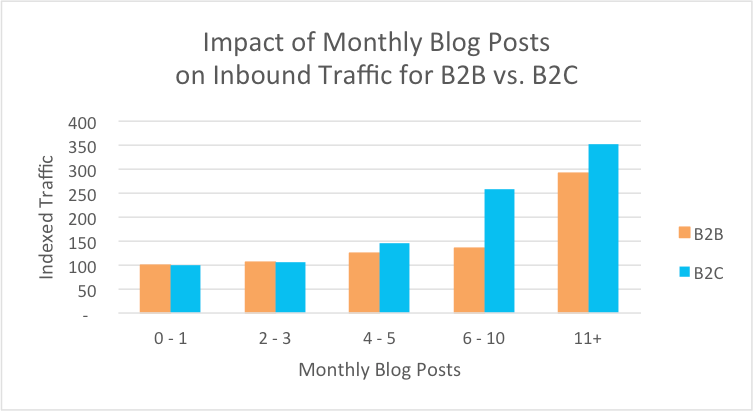
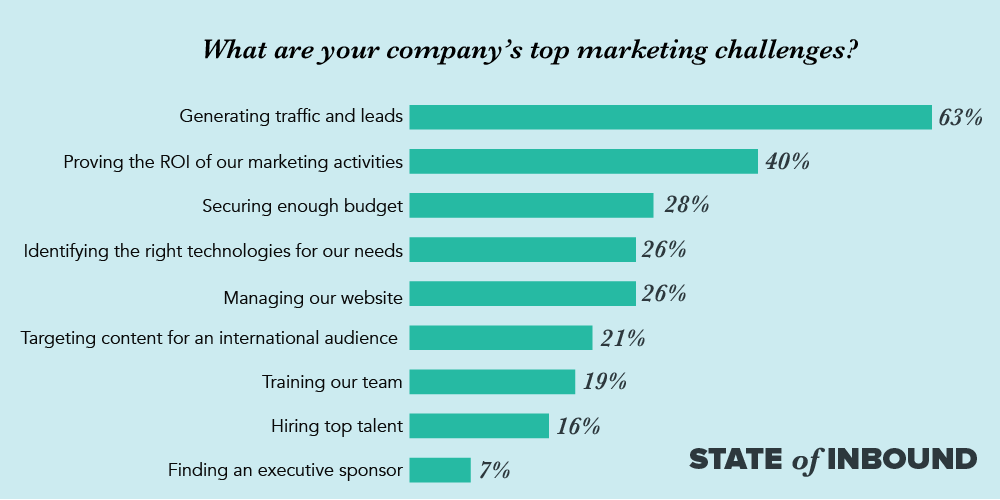
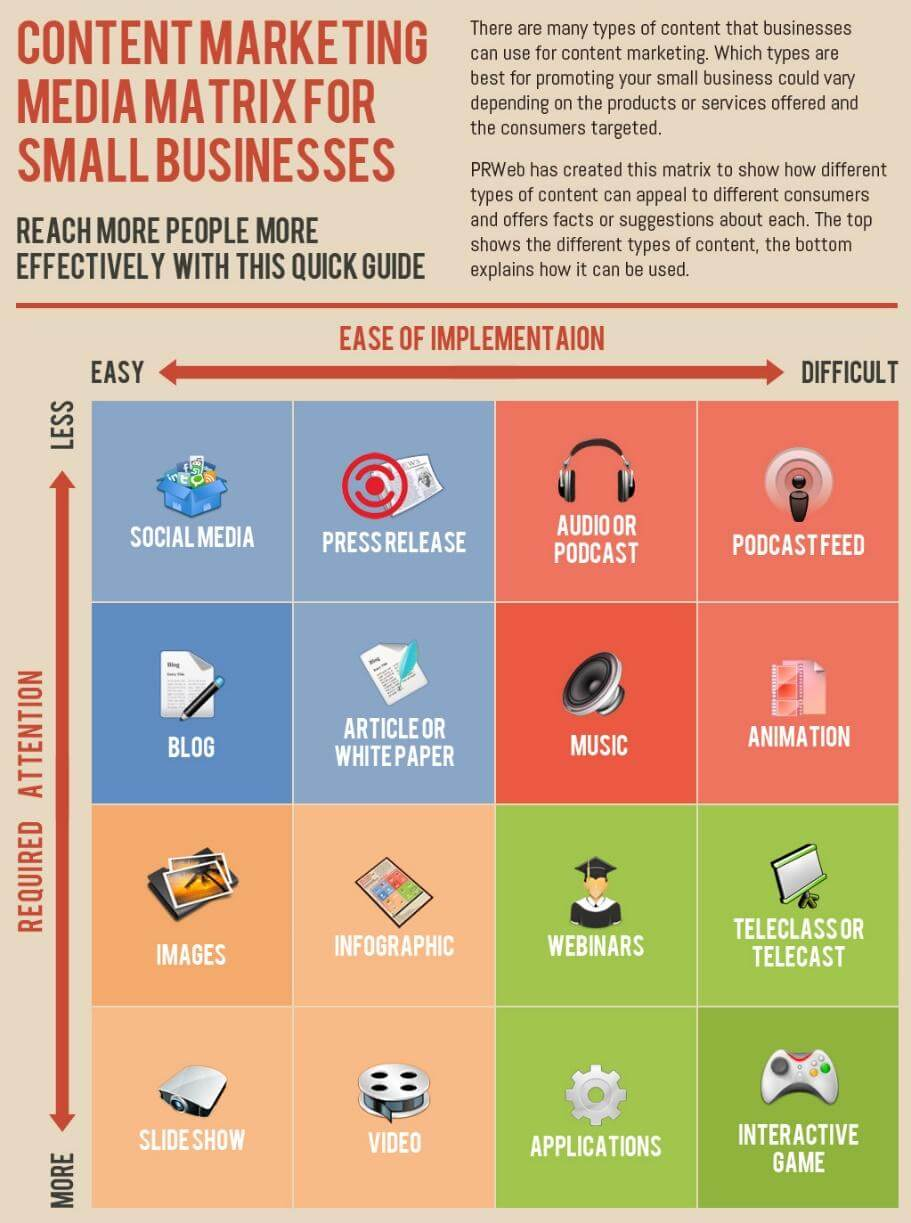
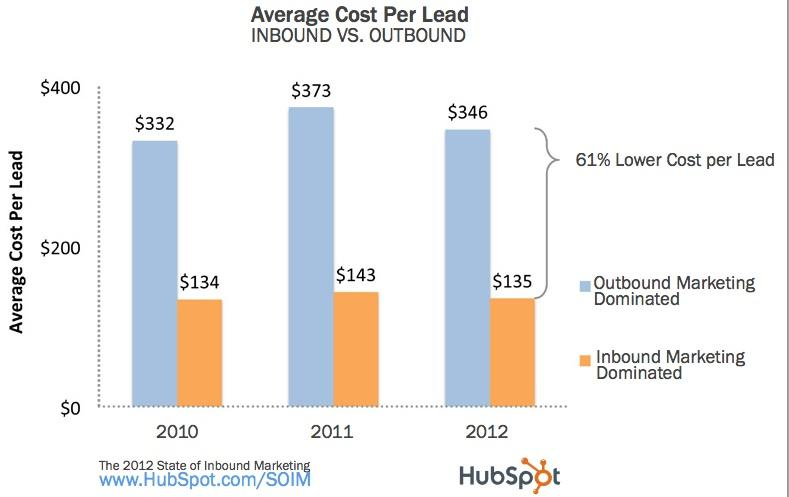
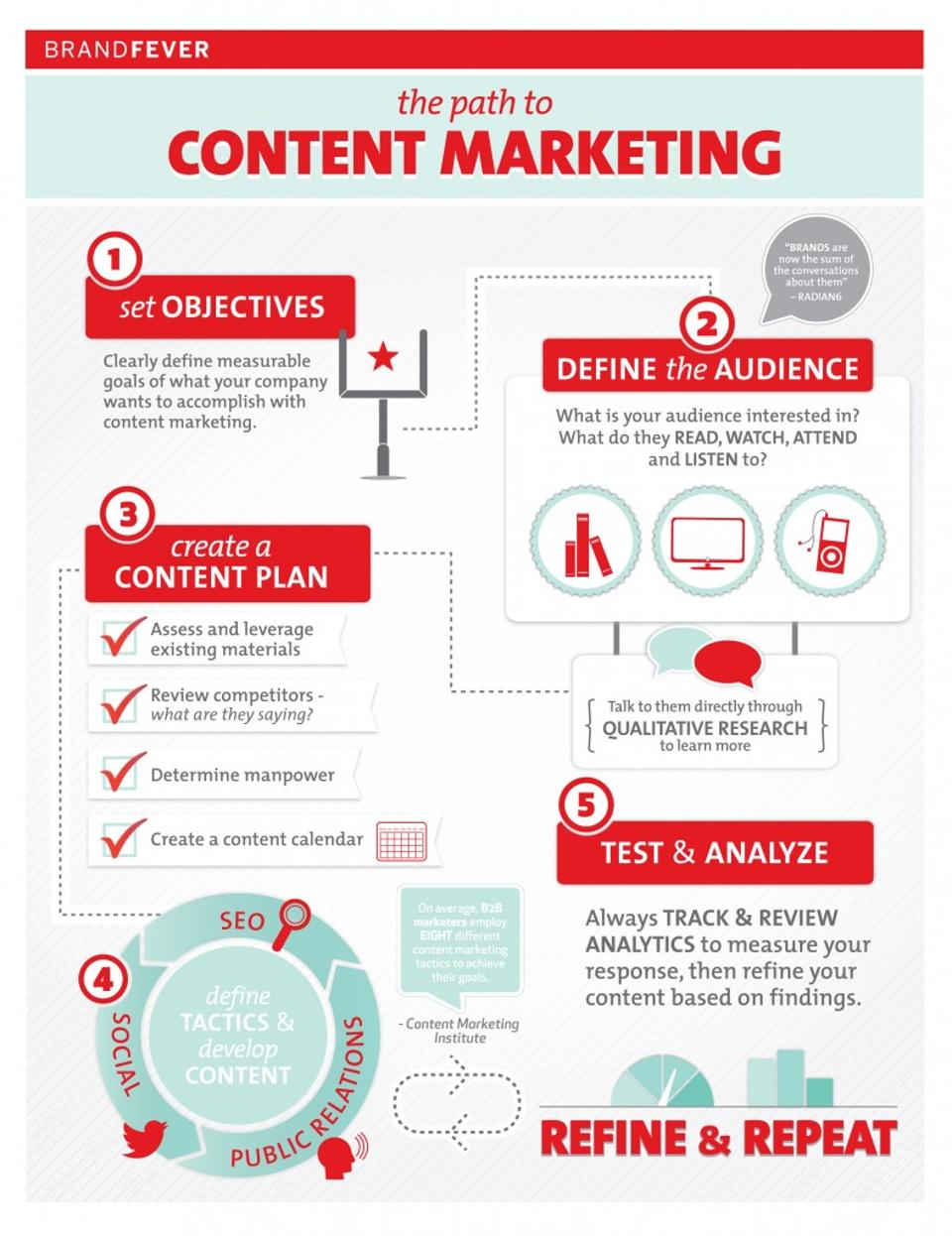
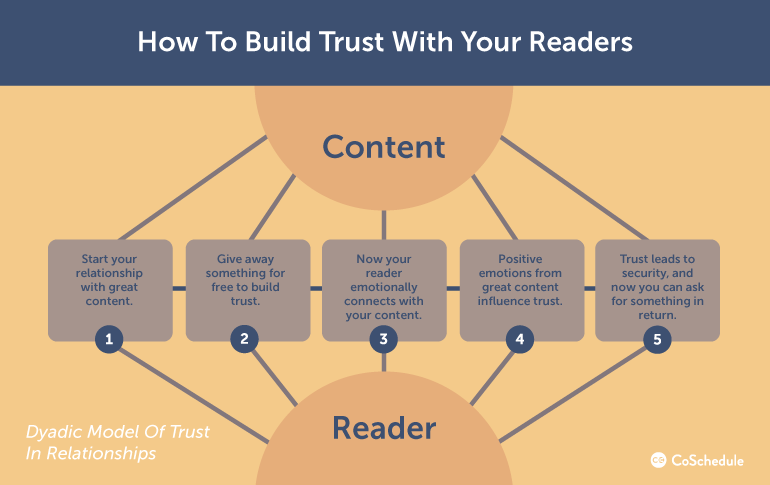
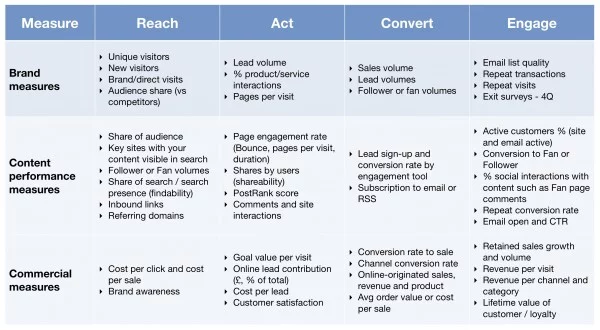
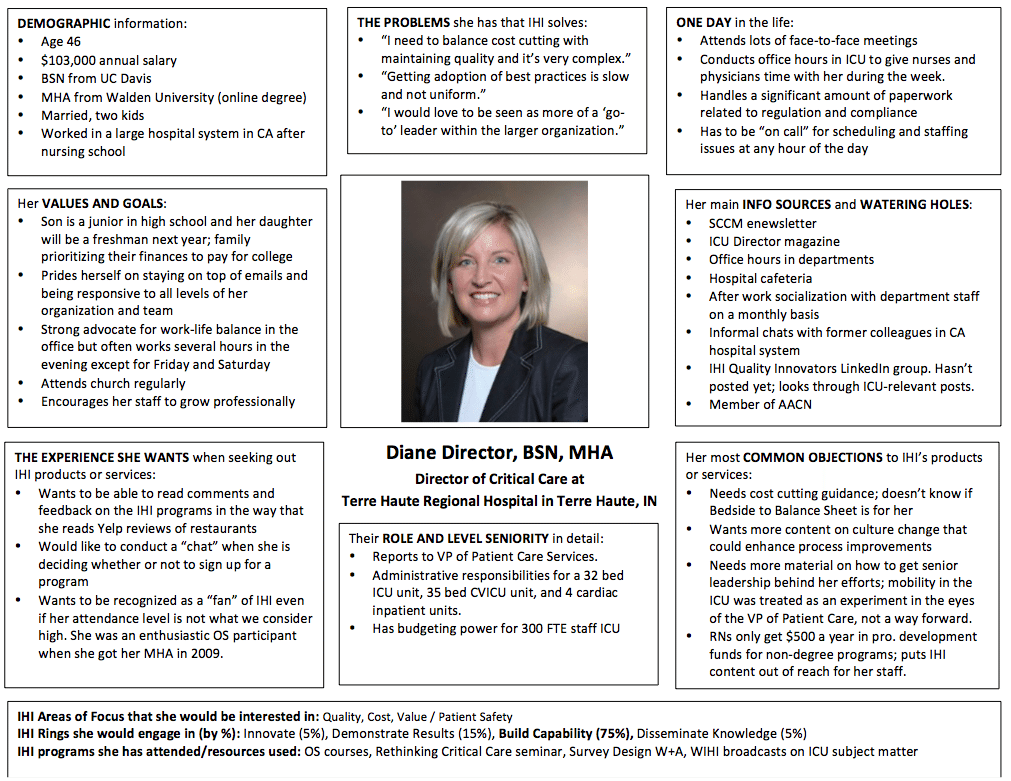
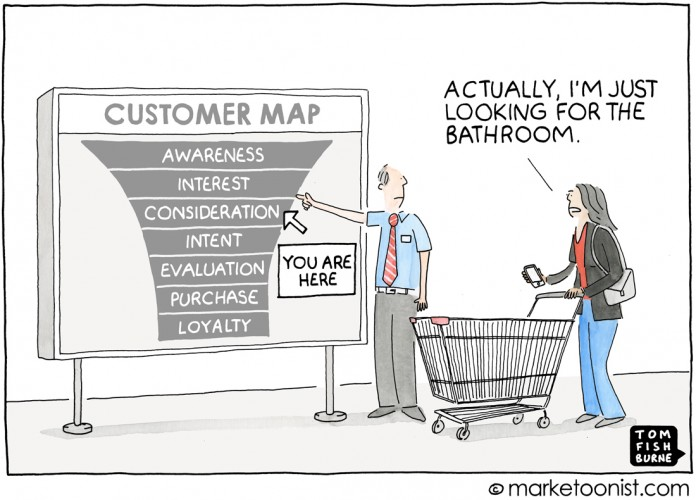
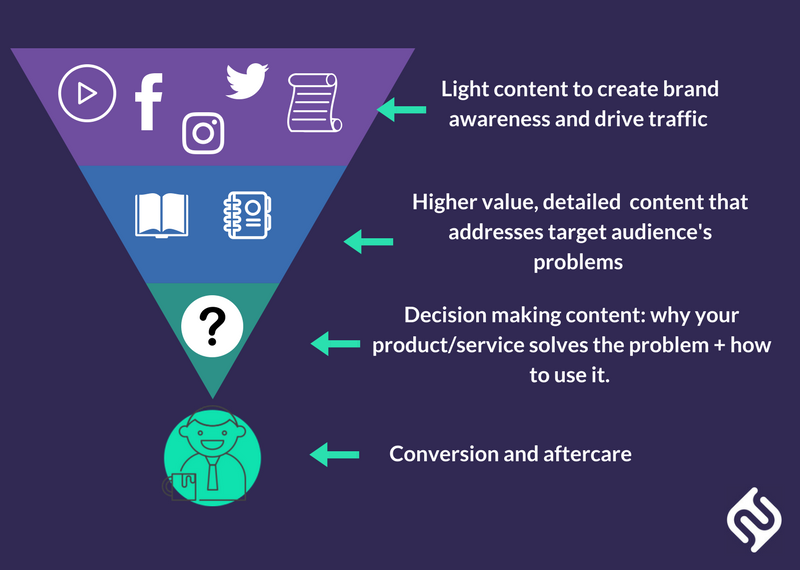
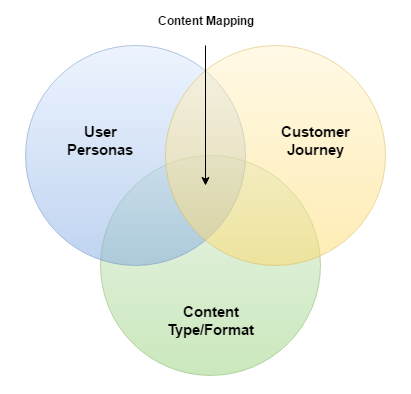
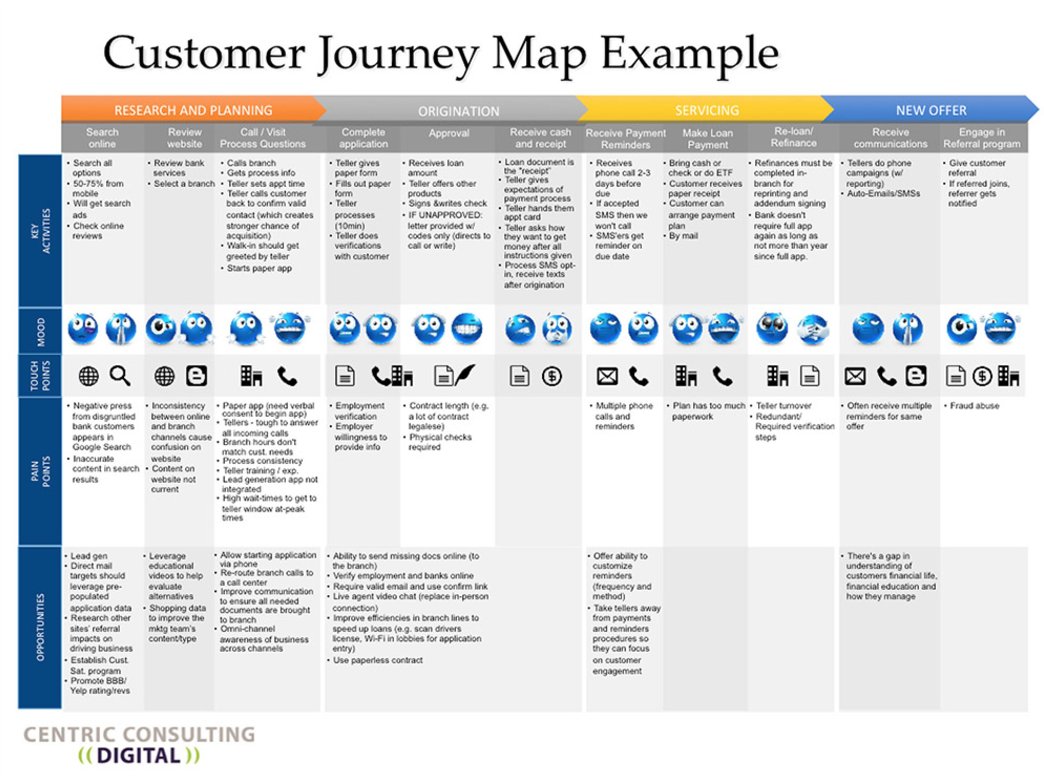

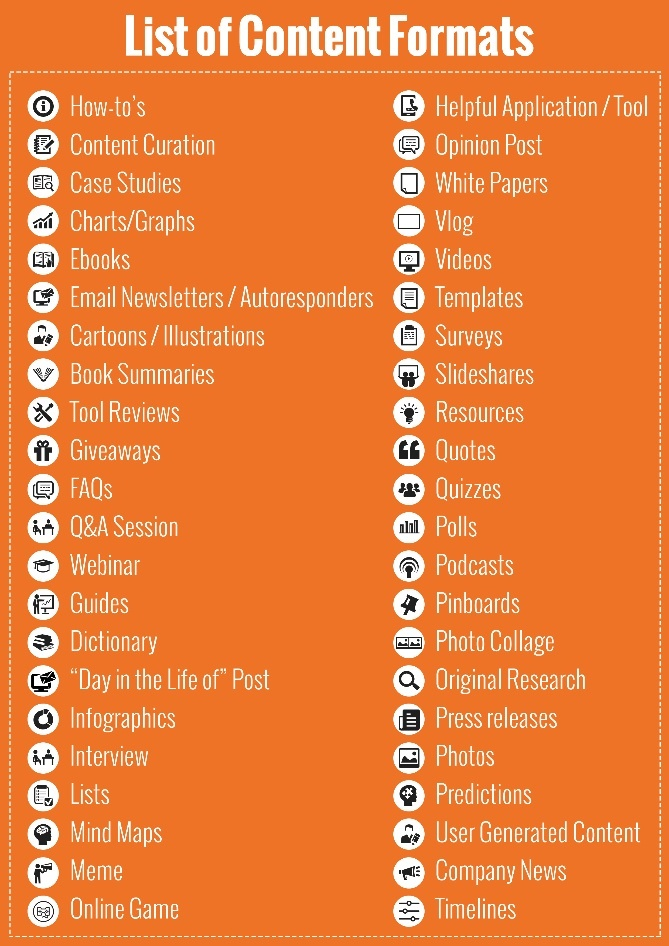
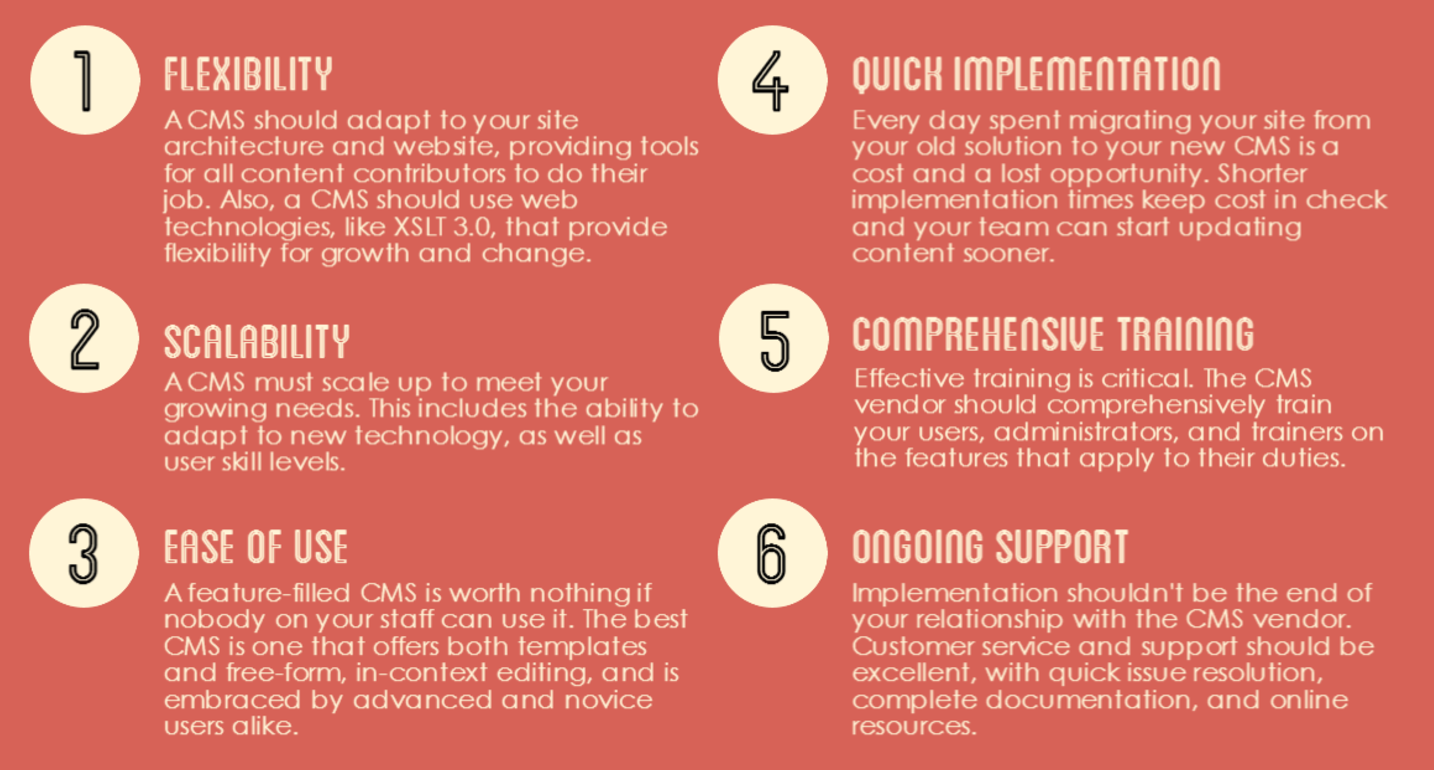
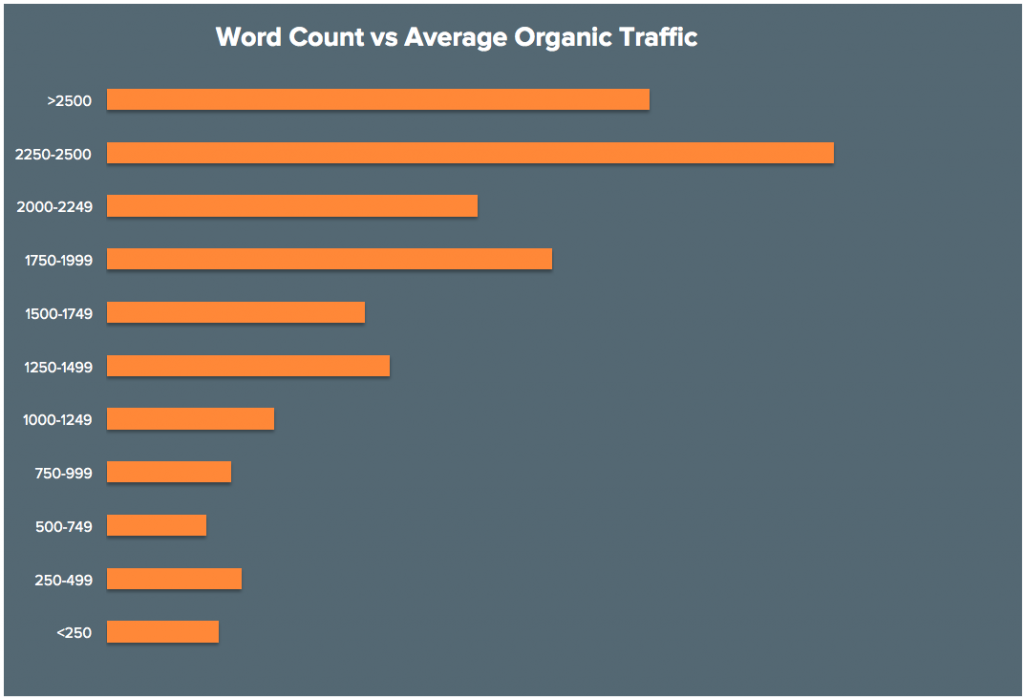
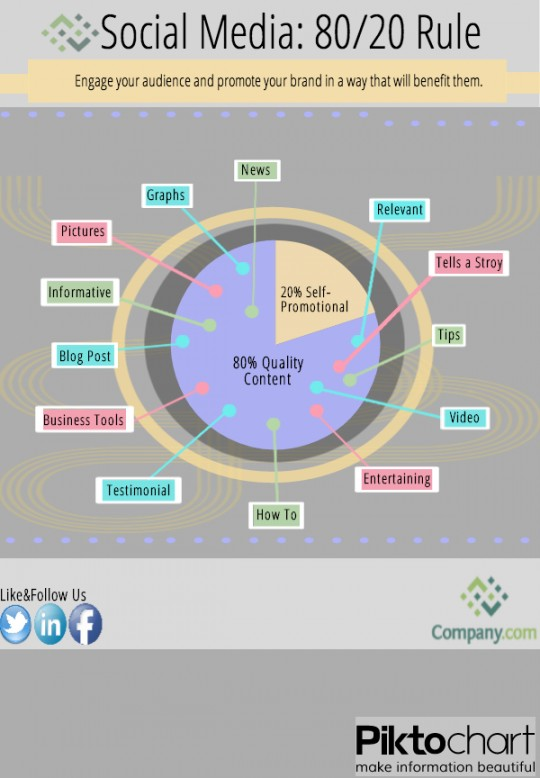
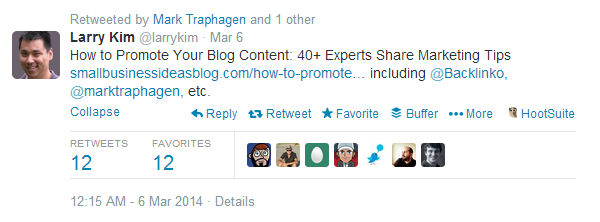
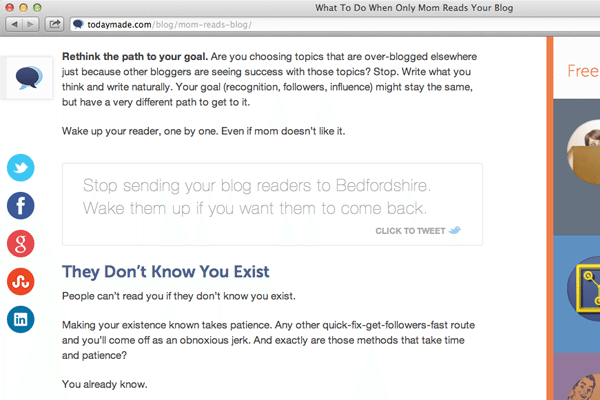
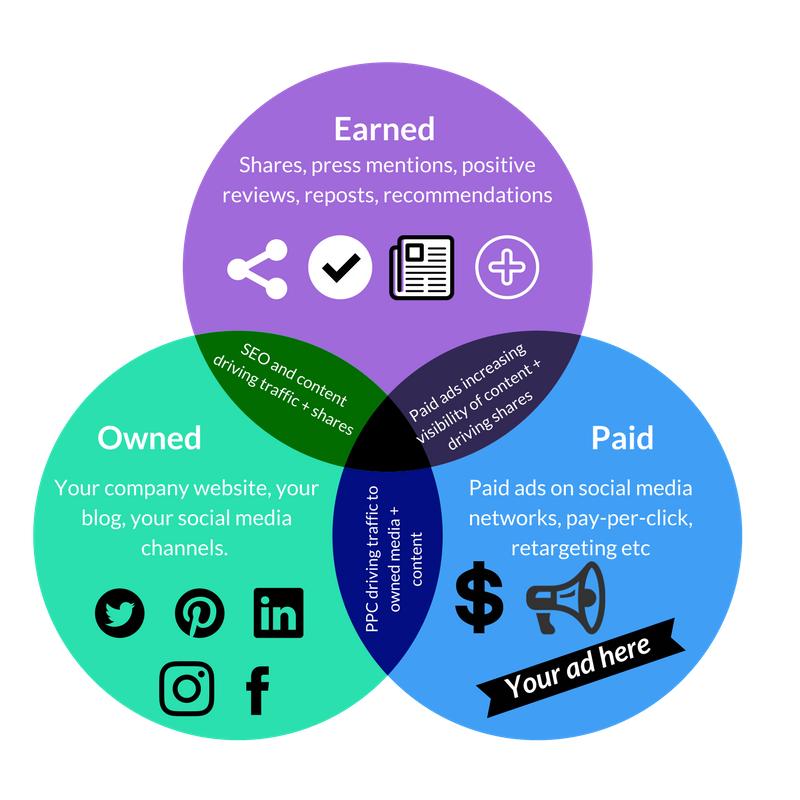

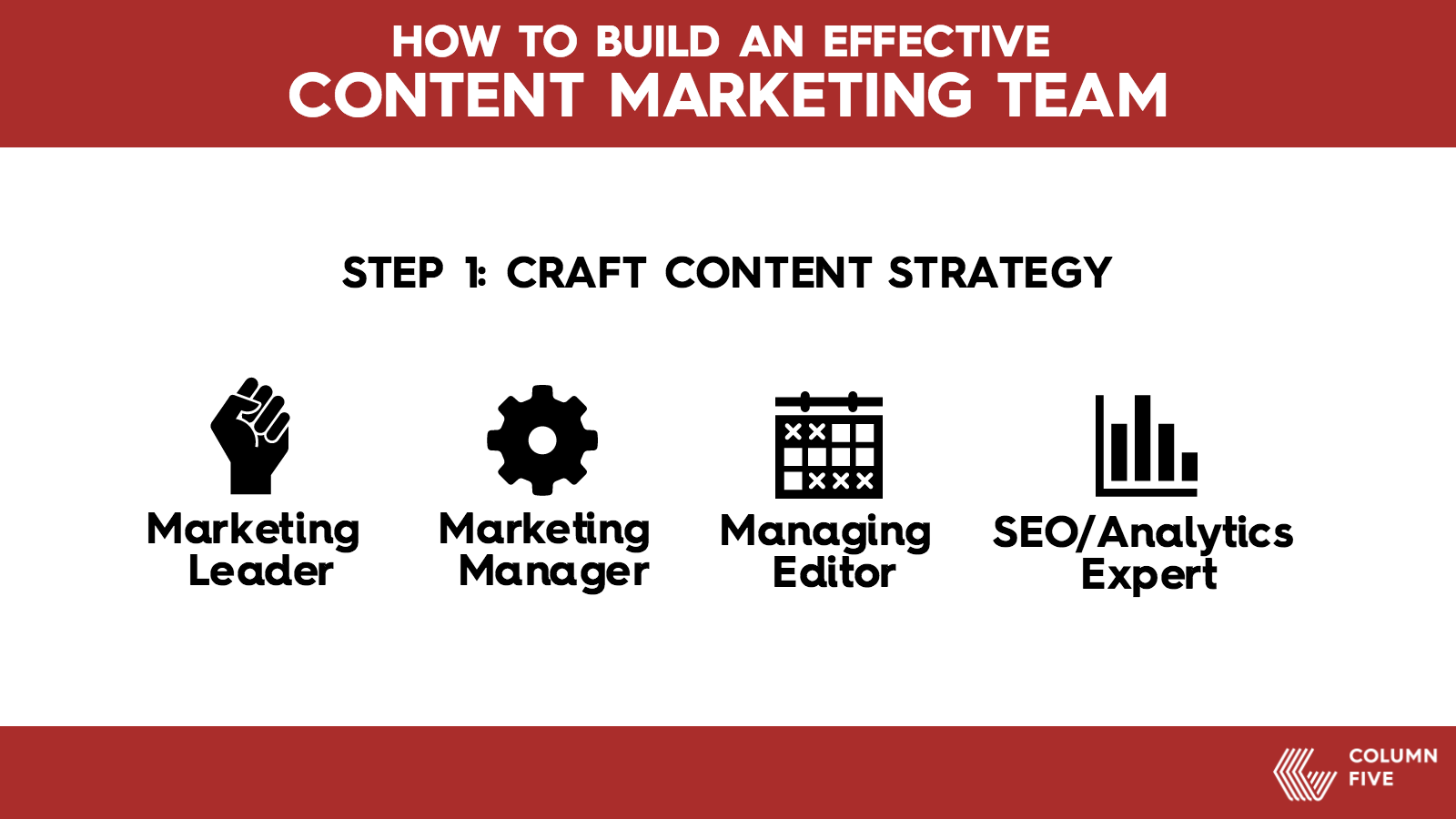
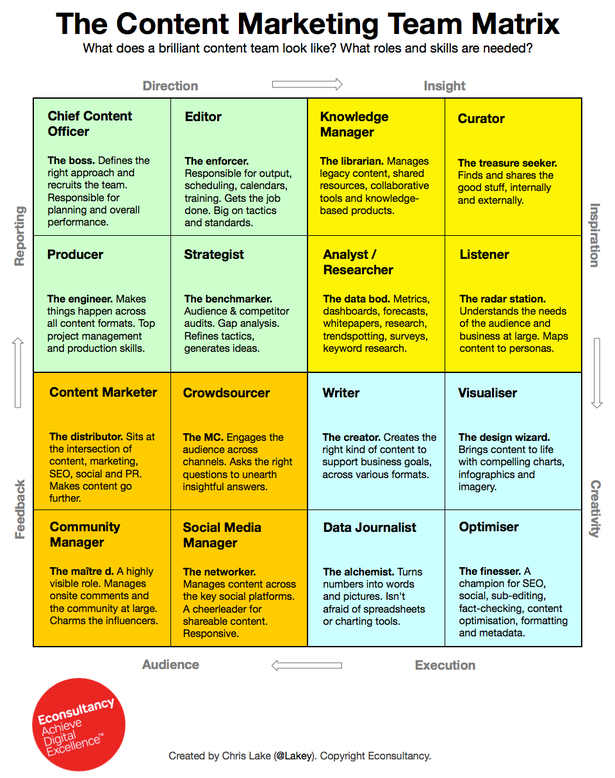
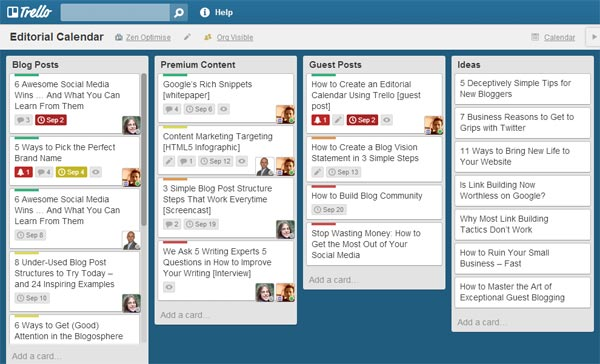
Comments (2)